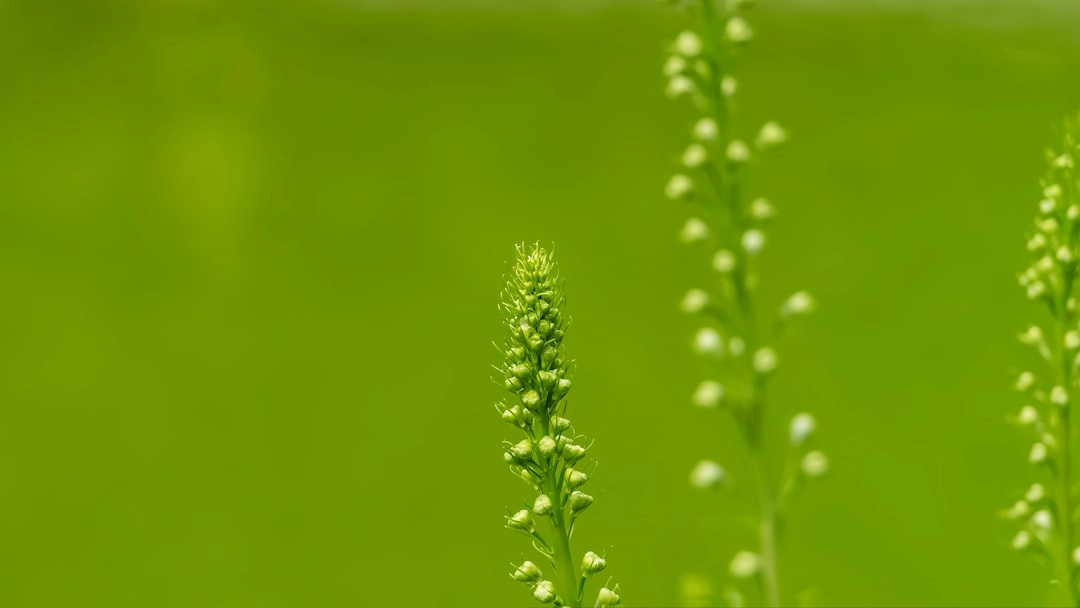
What it is:
Handcrafted jewelry has long been a medium of artistic expression, but the recent rise of green innovations within this craft has transformed it into a sustainable endeavor. These innovations focus on using eco-friendly materials, ethical sourcing, and sustainable production practices to minimize environmental impact. Artisans are increasingly adopting methods that reduce waste, utilize recycled materials, and create pieces that are not only beautiful but also environmentally responsible.
Eco-Friendly Materials
A significant aspect of green innovations in handcrafted jewelry is the use of sustainable materials. This includes recycled metals, responsibly sourced gemstones, and organic materials like wood or ethically sourced pearls. By opting for these materials, jewelers can create unique pieces while reducing the demand for new mining operations, which often have devastating environmental effects.
Ethical Sourcing Practices
Jewelers are also focusing on ethical sourcing to ensure that the materials used in their creations do not contribute to social or environmental harm. Many artisans seek certifications that guarantee fair trade practices, meaning that the workers involved in mining and production are treated fairly and paid a living wage. This element not only supports ecological balance but also addresses social justice within the industry.
Minimal Waste Practices
Another innovative approach is the implementation of minimal waste practices. Many artisans are now using techniques that prioritize the efficient use of materials, creating jewelry designs that require less raw material without compromising on quality. This can involve methods such as “upcycling,” where discarded materials are transformed into beautiful jewelry pieces, thus reducing landfill waste and promoting a circular economy.
Real-World Problems
Despite the positive strides made in green innovations for handcrafted jewelry, there are still significant real-world problems that need addressing. One major issue is the accessibility of sustainable materials. While eco-friendly options are becoming more popular, they are often more expensive and less readily available than traditional materials, which can deter many artisans from switching to greener practices.
Environmental Impact of Conventional Practices
Additionally, the conventional jewelry industry still heavily relies on practices that harm the environment, including mining that disrupts ecosystems and contributes to pollution. These harmful methods not only devastate local habitats but can also lead to significant carbon emissions. As long as these practices dominate the market, the push for greener alternatives will continue to face challenges.
Consumer Awareness and Demand
Consumer awareness is another hurdle. While many consumers express interest in sustainable products, the demand for handcrafted jewelry often still leans towards aesthetic appeal rather than eco-friendliness. There’s a need for increased education and awareness about the environmental implications of jewelry choices, encouraging consumers to support artisans who prioritize sustainability.
Certification and Trust
Finally, the lack of standardized certifications for sustainable jewelry can create confusion among consumers. Without trusted labels to indicate the sustainability of materials and production practices, shoppers may have difficulty discerning which products genuinely adhere to eco-friendly standards, risk undermining the hard work of artisans committed to green innovations.

Solutions for Green Innovations in Handcrafted Jewelry
To address the challenges faced by green innovations in handcrafted jewelry, several actionable solutions can be implemented. These solutions aim to promote sustainability, enhance accessibility, and educate consumers about the importance of eco-friendly practices.
Enhancing Accessibility to Sustainable Materials
One of the primary solutions is to work towards making sustainable materials more accessible and affordable for artisans. Collaborative purchasing groups can be formed, allowing small jewelry makers to buy in bulk, thus reducing costs. Additionally, supporting initiatives that source and supply eco-friendly materials locally can help artisans find sustainable options without incurring high import fees.
Promoting Eco-Friendly Practices Through Education
Education plays a crucial role in driving change. Workshops, online courses, and seminars can be established to teach jewelers sustainable practices and showcase innovative techniques that minimize waste. Furthermore, spreading awareness through social media campaigns can encourage more artisans to adopt eco-friendly methods and inspire them to consider the environmental impact of their craft.
Raising Consumer Awareness
To bridge the gap between consumer awareness and sustainable jewelry, targeted marketing campaigns can be executed. Informative content that highlights the benefits of choosing environmentally responsible jewelry can help consumers make educated decisions. This can include collaborations with influencers who are passionate about sustainability, creating a broader reach for important messages.
Establishing Trustworthy Certifications
Creating standardized certifications for sustainable jewelry is essential for gaining consumer trust. Industry-wide associations could collaborate to develop certification programs that clearly outline what constitutes eco-friendly practices in jewelry making. This would enable consumers to identify which brands and products align with their values, ultimately empowering them to make informed choices.
Encouraging Support for Local Artisans
Lastly, fostering a culture that values local artisans and their unique contributions to sustainable jewelry may influence consumer purchasing behaviors. Supporting local artisans by attending craft fairs, shopping at local boutiques, and sharing their stories online can create a sense of community and commitment to sustainable practices within the jewelry industry.















